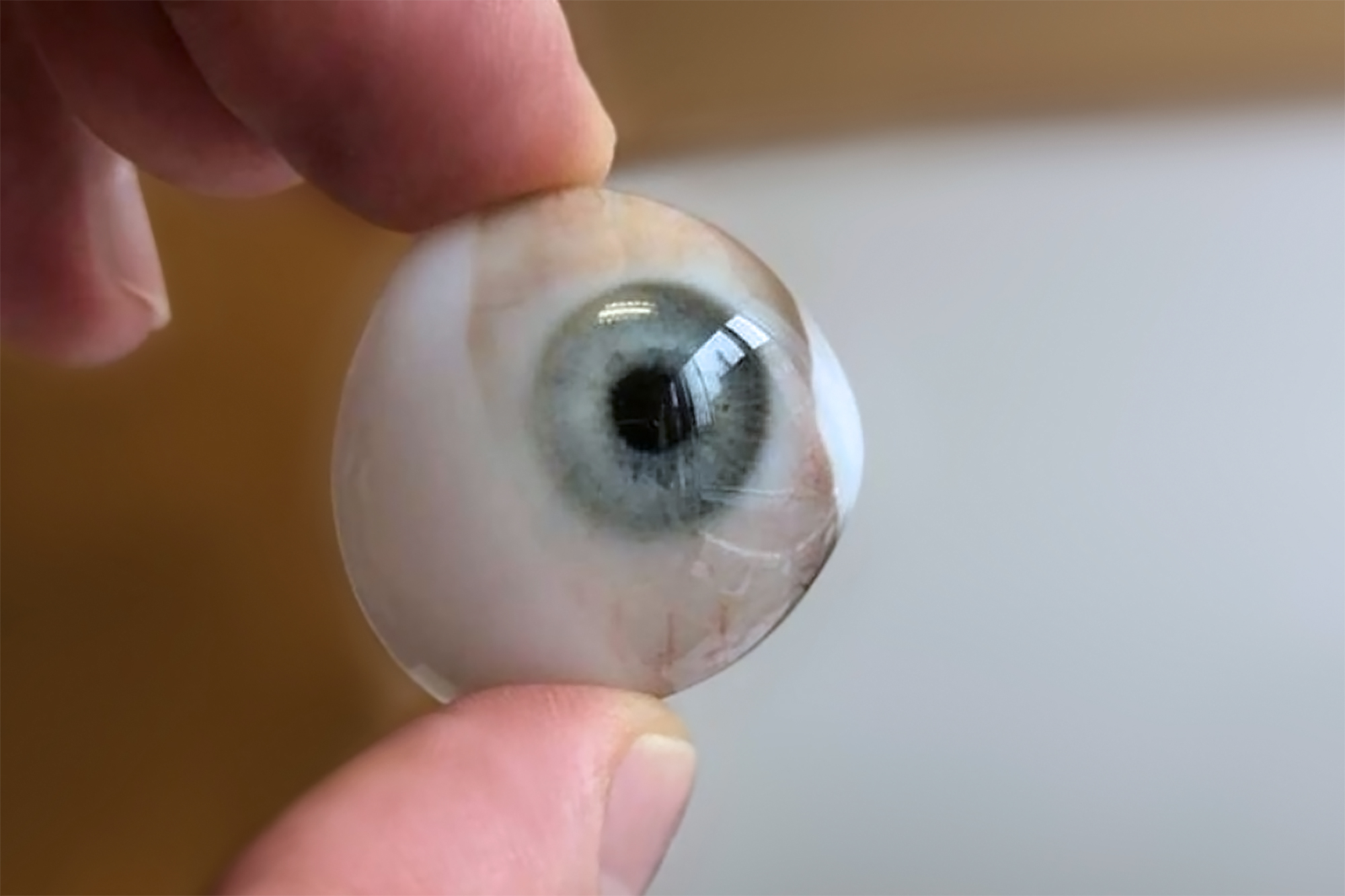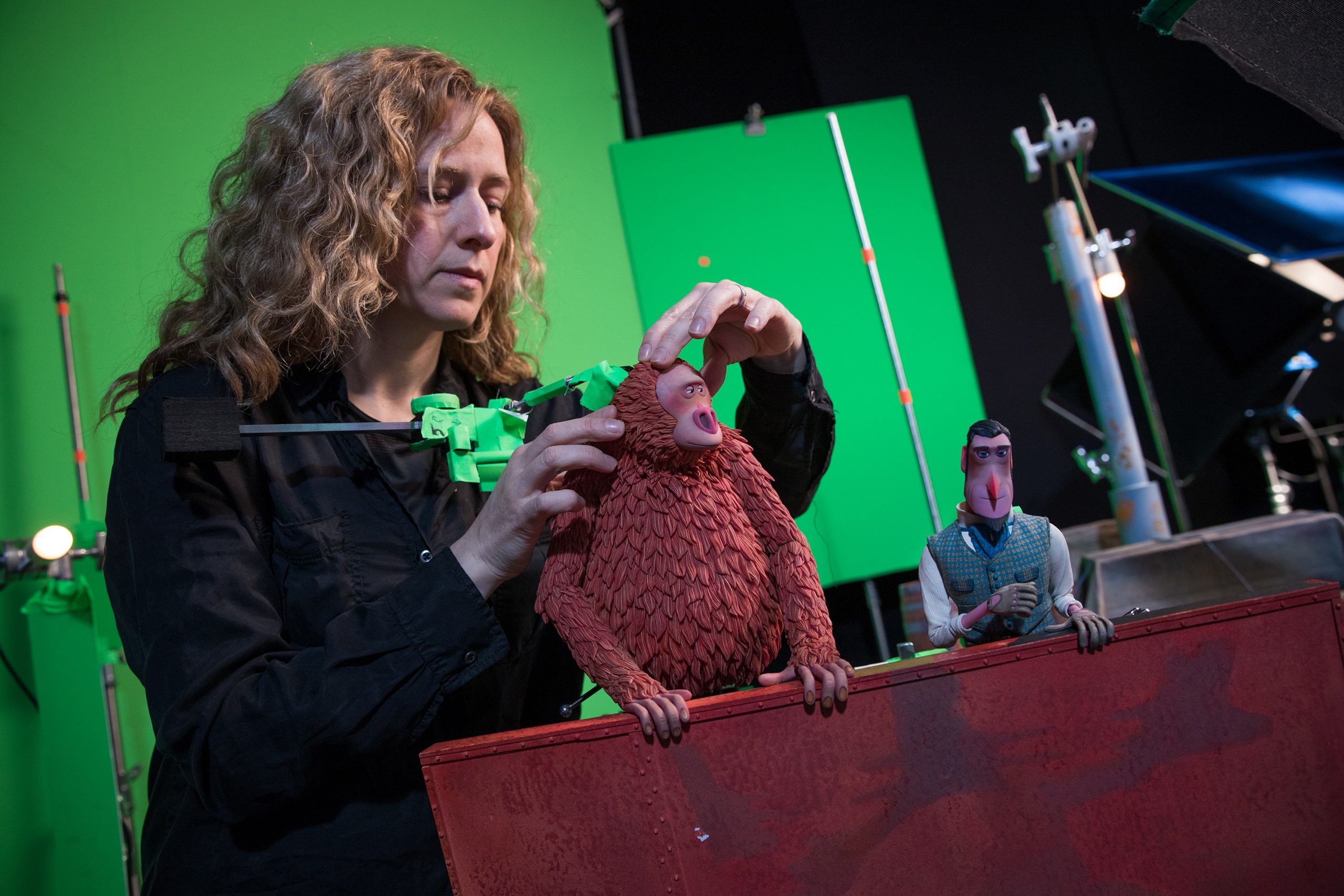Nominations for the 2021 3D Printing Industry Awards are now open, tell us who is leading the industry.
The Fraunhofer Institute for Computer Graphics Research (Fraunhofer IGD) has optimized its Cuttlefish 3D printer driver for Stratasys’ PolyJet 3D printing systems.
Having first began supporting the PolyJet 3D printing systems in 2017 with its Cuttlefish software package, Fraunhofer IGD has now improved and added to the software’s existing algorithms in order to help companies save costs and produce prints with increased geometric and color accuracy.
“When it’s an issue of optimization for mass production, specific color requests or degrees of translucency, nesting or individual color calibration, that’s where we come in,” said Philipp Urban, Head of 3D Printing Technologies at Fraunhofer IGD. “Our collaborative partnership has been designed for the long term, with the aim of enabling Stratasys customers to fully exploit the technical potential of their printers.”

The Cuttlefish software package
Fraunhofer IGD’s Cuttlefish software is a voxel-based universal 3D printer driver that works simultaneously with multiple 3D printing materials to reproduce an object’s appearance. Able to detect the dispersion of light transmitted through an object and changes in hue and surface textures, the driver accurately captures the shapes, colors, and color transitions of models.
The software then rapidly processes this data for 3D printing in order to precisely reproduce an original object’s geometric and visual attributes. Cuttlefish is suited to applications within the medicine and automotive sectors and can be used to produce prototypes, end-products, and replicas.
Since supporting Stratasys’ PolyJet systems in 2017 via the GrabCAD Voxel Print interface, Cuttlefish has helped to produce hundreds of thousands of high-quality PolyJet 3D prints for customers in a range of industries.
In particular, this technology partnership is benefiting universities and research institutes that use PolyJet 3D printers as part of the additive manufacturing research efforts. The plug-in functionality of the Cuttlefish driver enables researchers to conveniently integrate their own methods and software components into the driver’s workflow, removing the need for researchers to program everything themselves. Instead, researchers are able to leverage Fraunhofer IGD’s expertise as a basis for further research into the field of 3D printing.

Full-color Polyjet 3D printing
Stratasys’ extensive multi-material PolyJet printer range is comprised of its flagship J8 Series, led by the company’s J850 Prime machine, a full-color variant of the newly released J850 Pro.
The company’s other PolyJet systems include the J700 Dental, intended for clear aligner production, the J720 Dental designed for full-color orthodontic parts, and the J750 Digital Anatomy which is capable of mimicking bone and tissue for life-like medical models. In 2019, the J750 received validation from global color authority Pantone, which led to Stratasys integrating the standards provider’s color management system into the printer’s workflow.
Just last month, the company launched a further four additions to its PolyJet hardware and software portfolio, including two new PolyJet 3D printers – the J35 Pro and the J55 Prime – and two new software programs for research and product package prototyping applications.

3D printing the Missing Link
One notable application of the partnership between Stratasys and Fraunhofer IGD is stop-motion movie Missing Link produced by animation studio LAIKA. More than 106,000 facial expressions were captured and 3D printed with the Cuttlefish and Polyjet technology combination. According to Brian McLean, Director of Rapid Prototype at LAIKA, the software and hardware pairing enabled the creation of lifelike models with many different color graduations.
“We’ve been using 3D printers in stop-motion productions since Coraline, the first movie made at LAIKA,” he said. “For our latest movie, Missing Link, we used Fraunhofer IGD technologies because they allow for unique color consistency and geometric accuracy. By combining the Cuttlefish software with the Stratasys J750 series 3D printers, we were able to create the most complex color 3D printed surfaces ever produced.”
This achievement was clearly appreciated on the big screen, too, as Missing Link won a Golden Globe in the Best Animated Feature category in 2020.
The partnership between LAIKA and Stratasys to 3D print the characters for the Missing Link film was nominated by our readers for the Creative Use of 3D printing category in our 2019 3D Printing Industry Awards. Nominations for this year’s awards are still open, and if you haven’t done so already, you can cast your votes here.
Subscribe to the 3D Printing Industry newsletter for the latest news in additive manufacturing. You can also stay connected by following us on Twitter and liking us on Facebook.
Looking for a career in additive manufacturing? Visit 3D Printing Jobs for a selection of roles in the industry.
Subscribe to our YouTube channel for the latest 3D printing video shorts, reviews and webinar replays.
Featured image shows eye prosthesis printed with Cuttlefish on a Stratasys J750 3D printer. Photo via Fraunhofer IGD.



